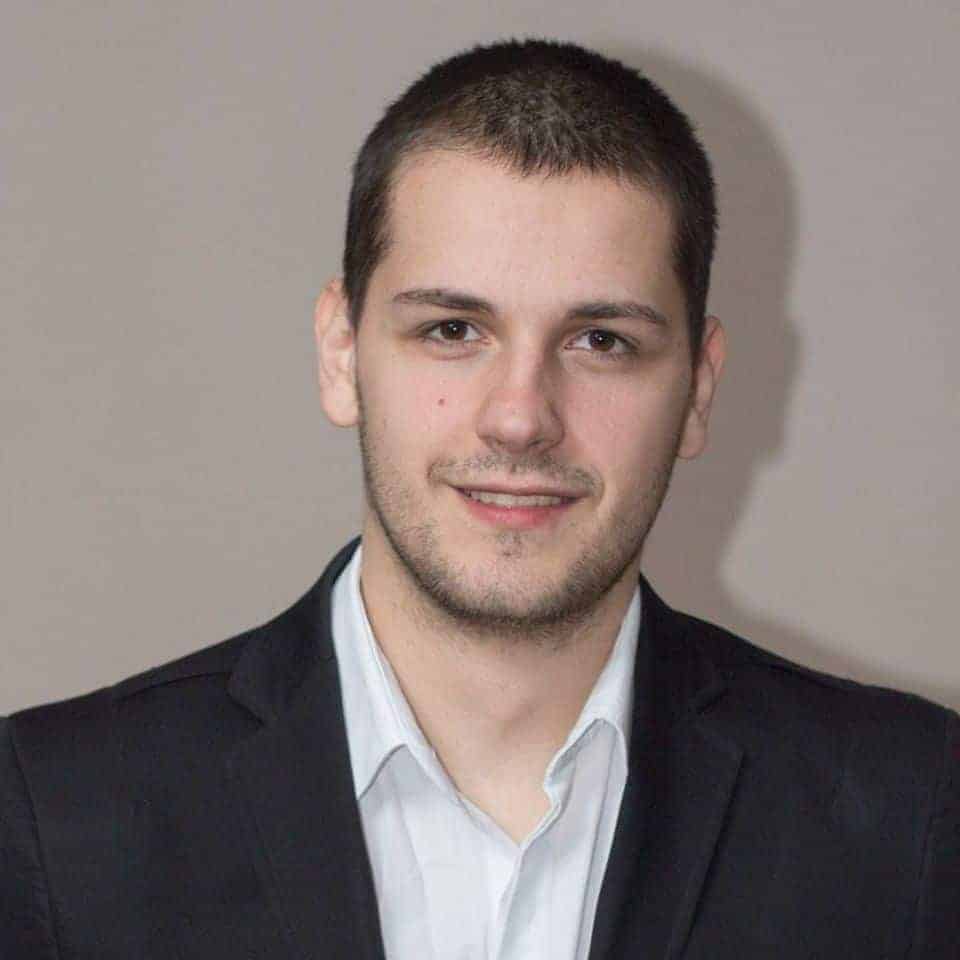
Kumiko Kanayama is a skilled and experienced Shiatsu practitioner. With her vast experience in the field, Kumiko has helped countless clients alleviate pain, stress, and improve their overall well-being. Using the traditional Japanese technique of Shiatsu, she blends deep pressure, stretching and acupressure to bring balance to the body and mind. Here’s what Mystic Mag learned about Kumiko’s career:
When did you first know that Shiatsu was your calling, and how did it come about?
My grandmother taught me how to give shiatsu sessions while I was living with my grandparents in Japan. After I came to NYC, I went to my uncle’s shiatsu school. There were so many great teachers, they inspired me to study shiatsu. I was not sure what I had been doing for so many years, and I had to study so hard, but my clients told me that shiatsu was my calling.
Shiatsu became my life’s work organically. I am fortunate to find my true vocation to be able to help people. Shiatsu also gave me strength in both body and mind because I had to move from my Tanden, my Hara. Hara is located just below the navel. The Hara concept is the most important aspect of Japanese Culture. We move, we think, and we breathe from Hara.
There is an acupressure point, an ocean of energy (CV 6, which is 1.5 cun and the width of four fingers (except the thumb) below the navel), home of vital energy. We consider this point as a great source of energy, a center of the human body. It is, therefore, closely related to the true Self. Japanese arts, like Noh, Tea ceremony, calligraphy, Japanese cooking, walking, Kabuki, Ikebana, and Origami, we need to move from Hara, to be who we are to shine.
What services do you offer?
I offer intuitive shiatsu sessions, a shiatsu certification training program, shiatsu workshops, community wellness events, and Makko ho exercise instruction.
How would you describe Intuitive Shiatsu?
When I asked my client about my shiatsu, she said “you work intuitively and know where to go.” So we gave my treatment style the name ‘intuitive shiatsu.’ In Japanese, it is called Choku Kan-Chi Shiatsu: 直観智指圧
- “choku” means to heal, straight, direct, and honest
- “kan” means see, feel, and sense
- “chi” means wisdom
I would like my students to open their hearts, to feel, sense, see and heal their own selves and others with an honest and soul-to-soul touch, and feel the meridians from their inner wisdom, from their life experience.
What can a person expect from your sessions?
My clients tell me they can go from consciousness to unconsciousness, can get deep relaxation, can feel good, and feel restorative energy. They said that the uplifting sensation stays with them.
What is the most important detail in maintaining a relationship of mutual trust with clients?
Mutual trust is the most important aspect of shiatsu. I can work deeply or lightly, and I can offer to release pain and discomfort when we have mutual trust and respect for each other; otherwise, shiatsu does not work or becomes only relaxation.
My clients know that I have decades of clinical experience, and they allow me to work with their pain and uncomfortableness. I cannot open the energy pathways if they control me and my movements. I am honored to have this special encounter in life every time I meet my clients.
What do you love most about your profession?
I truly believe in the power of shiatsu. It is a safe technique, and anyone can do it. Shiatsu is a simple yet powerful method to be able to help people feel relaxed, feel less pain, feel better, have more energy, and feel peace.



